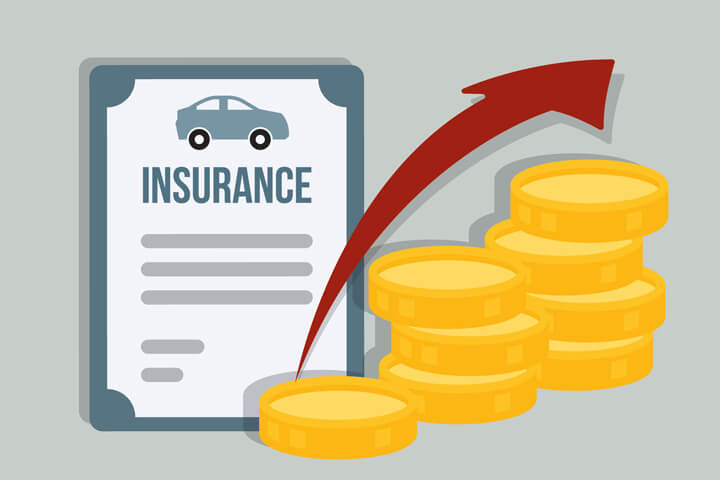
Homeowners across the United States are grappling with a significant and often alarming rise in their property insurance premiums, transforming what was once a predictable household expense into a source of considerable financial strain. Recent data from J.D. Power indicates that nearly half of property insurance policyholders in the U.S. reported an increase in their premiums over the past year, marking the highest rate of increases in over a decade. This upward trajectory is not merely incremental; ICE Mortgage Technology reveals that average homeowners insurance costs have climbed by nearly 70% over the past five years, pushing the annual average for single-family homeowners with a mortgage to $2,370. Such rapid escalation is compelling many Americans to reassess their coverage options, with some even considering the perilous decision to forgo insurance altogether, a move strongly cautioned against by industry experts due to its potentially ruinous financial consequences.
The complexity of this issue extends far beyond a single causative factor. Instead, the current predicament stems from a confluence of economic, environmental, and operational challenges that are fundamentally reshaping the insurance landscape. From the palpable effects of a changing climate to intricate supply chain disruptions and shifts in insurer strategies, the reasons behind these soaring costs are numerous and often interconnected, creating a ‘double whammy’ effect for property owners, as noted by Realtor.com economic data analyst Hannah Jones. Understanding these underlying dynamics is crucial for homeowners seeking to navigate this challenging environment and make informed decisions about their most significant asset.
At its core, the insurance model relies on a delicate balance: premiums collected must exceed claims paid out for the system to remain solvent and functional. Historically, insurers could predict risks with a reasonable degree of accuracy, especially concerning weather-related events. However, the contemporary landscape presents a radical departure from this norm. The predictability that once underpinned premium calculations has sharply diminished, replaced by an era of more frequent, more intense, and significantly more costly events. This in-depth analysis will dissect the primary drivers behind this unprecedented surge, offering clarity on why homeowners are witnessing such dramatic increases in their insurance expenditures.

1. **Natural disaster risks are on the rise.**One of the most profound and widely acknowledged drivers of escalating homeowners insurance premiums is the demonstrable increase in the frequency and severity of natural disasters. As scientific consensus links climate change to more extreme weather events, catastrophes such as wildfires, floods, tornadoes, and hurricanes are inflicting unprecedented levels of damage across the nation, often impacting regions previously considered low-risk. Insurers, consequently, are facing higher losses than ever before, necessitating a corresponding adjustment in premiums to maintain financial viability. For instance, premiums in Los Angeles, a city increasingly vulnerable to wildfires, were up 19.5% compared to a year ago, according to a loan analytics firm.
This rising tide of risk is particularly evident in states like California, where, as climate data scientist Max Dugan-Knight points out, home insurance premiums have surged by 42% in the most fire-prone areas since 2009. Florida, with its perennial exposure to hurricanes, exemplifies another region experiencing intense pressure, currently holding the distinction of having the most expensive home insurance rates in the country. The grim reality is that insurers are increasingly encountering scenarios where the scale of damage from a single event can be immense, challenging their actuarial models and historical data sets.
Indeed, the data illustrates a clear and alarming trend: more claims, more often, and with significantly larger payouts. In 1992, Hurricane Andrew cost approximately $60 billion. By 2005, Hurricane Katrina’s cost had soared to around $201 billion. More recently, the concentration of high-cost events has become starker. In 2017 alone, the U.S. contended with Hurricane Irma ($64 billion), Hurricane Harvey ($160 billion), and Hurricane Maria ($115 billion). Subsequent years have continued this pattern, with Hurricane Ida costing $84 billion in 2021, Hurricane Ian $111 billion in 2022, Hurricane Helene $78 billion in 2024, and California wildfires incurring an estimated $275 billion in 2025.
The expansion of natural disaster risk is not confined to coastal or traditionally vulnerable areas. Wildfires, for example, are no longer solely a Western phenomenon, as evidenced by the Maui wildfire ($5.5 billion in 2023), the Smokehouse Creek Fire in Texas and Oklahoma ($1 billion in 2024), and the Dragon Bravo Fire in Arizona ($124 million in 2025). Even Colorado has seen such a record surge in wildfires that it necessitated the creation of a state-backed Colorado FAIR Plan, an insurer of last resort for homes in fire-prone regions. Beyond fires and hurricanes, severe weather events such as the 2021 winter freeze in Texas ($195 billion), the 2022 North American storm complex ($2.2 billion), the 2022 Midwest derecho ($1.3 billion), and the 2025 tornado and severe storm outbreak ($10 billion) underscore the pervasive and escalating nature of environmental risks impacting homeowners nationwide.
Read more about: Hidden Costs: The 13 Critical Ways You Could Be Voiding Your Car’s Warranty and How to Prevent It
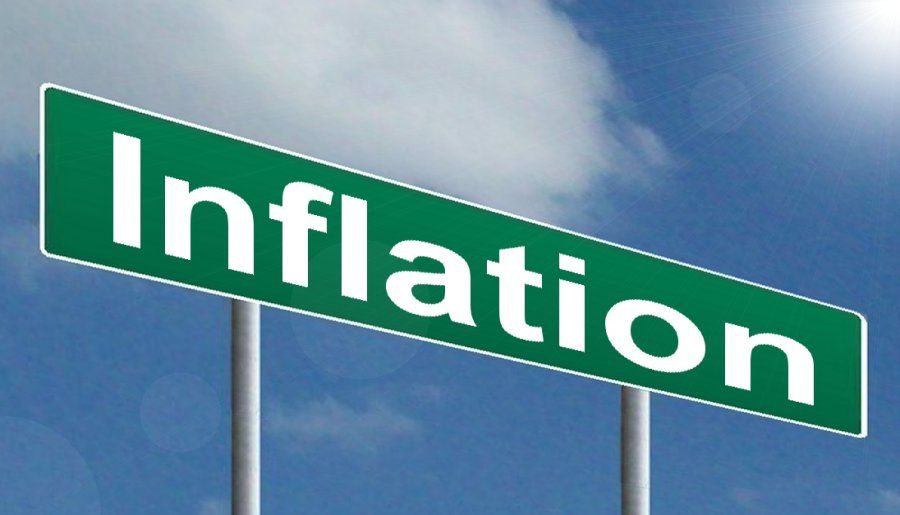
2. **Inflation and supply chain issues are increasing building costs.**Beyond the direct impact of natural disasters, the economic forces of inflation and persistent supply chain disruptions have significantly inflated the costs associated with repairing or rebuilding homes. Since 2020, homeowners insurance rates have risen universally, largely attributable to the increased expenditures on labor and construction materials. This direct correlation is critical because homeowners insurance rates are primarily determined by the dwelling coverage — the cost an insurer would incur to rebuild a home from the ground up or repair substantial damage. When these underlying costs rise, so too must the premiums.
The median home sale price in the U.S. reached a record high of nearly $400,000 in June, according to online real estate firm Redfin, reflecting broader inflationary pressures that ripple through the housing market. This elevated market value means that the insured value of homes—and thus the potential payout for a total loss—has increased substantially. Sean Kevelighan, CEO of the Insurance Information Institute, succinctly captured this dynamic, stating, “We’ve seen costs related to construction materials rise, and the price of insurance is a reflection of risk, plus the cost to pay a claim.” This fundamental economic principle ensures that as the cost inputs for construction inflate, so does the cost of insuring a property.
The confluence of higher home values and increased rebuilding expenses creates a challenging scenario for homeowners. As Hannah Jones from Realtor.com aptly described it, “It’s a double whammy.” Not only does a home worth more necessitate higher insurance coverage to protect that increased value, but it also means that the financial exposure in the event of damage or total loss is greater. This dual pressure point underscores why inflation, alongside home price appreciation, is a non-negotiable factor in the current surge of insurance costs.
Read more about: Why Your Road Tax Is Set to Double: An In-Depth Look at America’s Infrastructure Funding Crisis

3. **There is a skilled labor shortage.**Compounding the issues of inflation and supply chain disruptions is a pervasive shortage of skilled construction workers across the United States, a problem that has been developing over the last five to ten years. This scarcity of qualified tradespeople has a direct and significant impact on the cost and speed of post-disaster repairs and general home maintenance. Fewer available workers translate to higher wages for those who are available, longer project timelines, and additional logistical challenges, all of which ultimately contribute to the rising expense of homeowners insurance.
When a catastrophic event occurs, the demand for skilled labor—such as roofers, electricians, and carpenters—surges dramatically. The pre-existing shortage means that meeting this demand becomes incredibly difficult, leading to bidding wars for labor and extended periods during which homes remain uninhabitable or unrepaired. These delays can further increase costs, as temporary living expenses may extend, and material costs could continue to rise during the waiting period. Insurers, therefore, must factor in these elevated labor costs when calculating premiums, reflecting the true expense of making policyholders whole after a claim.
The seriousness of this skilled labor deficit has even garnered attention at the legislative level. Congress is actively seeking solutions through initiatives like the Creating Opportunities for New Skills Training at Rural and Underserved Colleges and Trade Schools (CONSTRUCTS) Act. This legislative effort highlights the national recognition of the problem and its broad economic implications, extending beyond the insurance sector to affect housing affordability and economic recovery. For homeowners, it translates into yet another upward pressure on their insurance bills, a reflection of the real-world costs of rebuilding in a resource-constrained environment.
Read more about: Massachusetts: A Comprehensive Look at the Bay State’s Enduring Legacy, Economic Evolution, and Forward-Thinking Initiatives

4. **There are more claims in your area.**Homeowners insurance rates are meticulously determined by a multitude of factors, with the claims history of a specific geographic area, often defined by a ZIP code, playing a particularly significant role. When an area experiences a higher frequency of insurance claims, it signals to insurers an increased likelihood that future claims will arise from issues specific to that locality. This localized risk assessment is a fundamental component of underwriting, ensuring that premiums accurately reflect the potential for future payouts.
While weather-related incidents such as fires and floods are major contributors to regional claim increases, they are by no means the only drivers. An uptick in theft-related claims, for example, can indicate a rise in crime within a particular neighborhood or ZIP code. Such trends directly impact the risk profile of all properties in that area, leading to an increase in insurance rates for local homeowners. This means that even residents whose properties have not personally experienced a claim may see their premiums rise due to broader neighborhood trends that affect the collective risk pool.
Insurers utilize sophisticated data analytics to identify these patterns, assessing the aggregate risk associated with insuring properties within specific communities. A surge in claims, whether from environmental factors, criminal activity, or even widespread property damage unrelated to specific catastrophes, forces a recalculation of local risk. This recalibration is a necessary measure for insurers to sustain their operations, but it invariably results in higher premiums for homeowners in affected areas, highlighting the communal aspect of insurance risk where individual rates are influenced by the experiences of the broader community.
Read more about: The Ultimate Guide to 15 Affordable Sedans of 2024 Guaranteed to Conquer 250,000 Miles

5. **Insurers are taking fewer risks.**In response to the escalating financial pressures from increasing claims and rising operational costs, many insurance companies are adopting more conservative underwriting strategies and, in some cases, withdrawing from certain state or regional markets entirely. This strategic shift reflects a heightened sensitivity to risk, as insurers seek to limit their exposure in areas deemed excessively volatile or unprofitable. When an insurer ceases to offer policies in a particular state or region, the market dynamics for the remaining providers fundamentally change, directly impacting the availability and cost of coverage for homeowners.
As the number of insurers operating in a given market shrinks, the remaining companies face both higher demand for their products and an increased concentration of risk. This scenario typically leads to stricter underwriting criteria, where properties are evaluated with greater scrutiny, and fewer exceptions are made for perceived vulnerabilities. Simultaneously, these remaining insurers often raise their rates, not only to compensate for the higher demand but also to account for the aggregated risk they are now assuming. This adjustment is a commercial imperative for their continued solvency, but it results in substantially higher homeowners insurance premiums for consumers in those markets.
States that have experienced a pronounced increase in weather-related damage, such as Florida, California, and Louisiana, have witnessed multiple insurers become insolvent or opt to exit the market over the past five years. The consequences for homeowners in these regions are stark: reduced choice, more stringent eligibility requirements, and significantly elevated costs. Even for those not directly affected by an insurer’s withdrawal, the ripple effect of a less competitive and more risk-averse market contributes to the overall upward trend in homeowners insurance rates across the country, as the industry recalibrates its approach to unprecedented challenges. This phenomenon underscores the industry’s deep concern about the future landscape of risk.
Read more about: Navigate Crowded Parking Lots Like a Pro: Essential Strategies for Safe Backing and Avoiding Hidden Obstacles

6. **Reinsurance rates are up.**Beyond the direct premiums homeowners pay, a crucial, often unseen, component influencing these costs is reinsurance. Reinsurance serves as insurance for insurance companies, providing them with a financial safety net when they face an overwhelming number of claims simultaneously, particularly from large-scale events like hurricanes or wildfires. This mechanism allows primary insurers to manage their risk exposure and ensure their ability to fulfill obligations to policyholders, even after widespread catastrophes.
However, the same upward trend in natural disaster frequency and severity that impacts primary insurers is also driving up the costs for reinsurers. As extreme weather events become more common and inflict greater damage, reinsurers face higher payouts, compelling them to increase the rates they charge to primary insurance companies. This escalation in reinsurance costs is not absorbed by insurers; it is systematically passed down to the policyholders in the form of higher premiums.
Therefore, homeowners indirectly bear the financial burden of a global increase in catastrophic events, even if their personal property has never sustained damage. The interconnectedness of the insurance market means that an increase in reinsurance rates, a factor largely beyond an individual homeowner’s control, becomes another significant contributor to the overall surge in homeowners insurance premiums across the nation.
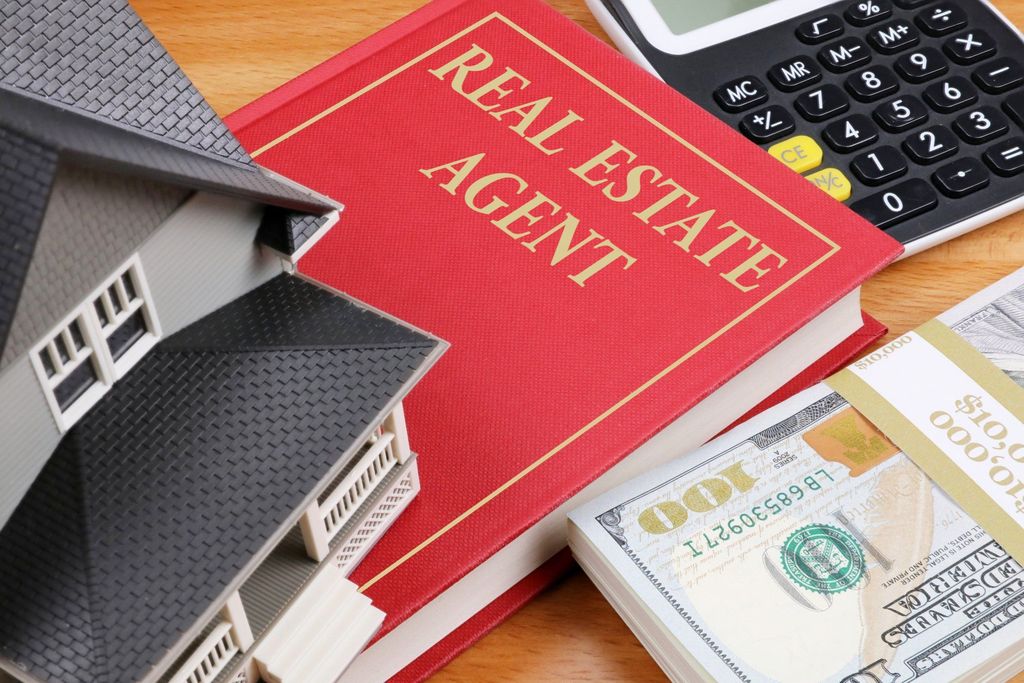
7. **You added something to your property.**While some home improvements are designed to bolster a property’s resilience and potentially lower insurance costs, many common additions can, counterintuitively, lead to higher premiums. Insurers assess risk based on the likelihood of a claim being filed, and certain property enhancements introduce new liabilities or increase existing ones. This assessment is a critical part of determining individual policy rates.
For instance, adding amenities such as swimming pools or trampolines, while enhancing lifestyle, are frequently categorized as “attractive nuisances.” This legal term implies that these features might attract individuals, particularly children, to enter the property and potentially sustain injuries, thereby increasing the homeowner’s liability exposure. Similarly, incorporating features like a fireplace or a wet bar, which carry inherent risks such as fire or water damage, can also elevate the probability of a claim.
Such additions necessitate a recalibration of the homeowner’s risk profile, leading insurers to adjust premiums upwards to account for the increased potential for injury lawsuits or property damage claims. This dynamic underscores how even seemingly beneficial home improvements, designed for enjoyment or convenience, can inadvertently contribute to higher insurance costs by expanding the scope of potential incidents on the property.
Read more about: Unmasking the Price Tag: 11 Sneaky Smart Home Costs That Can Quietly Drain Your Wallet
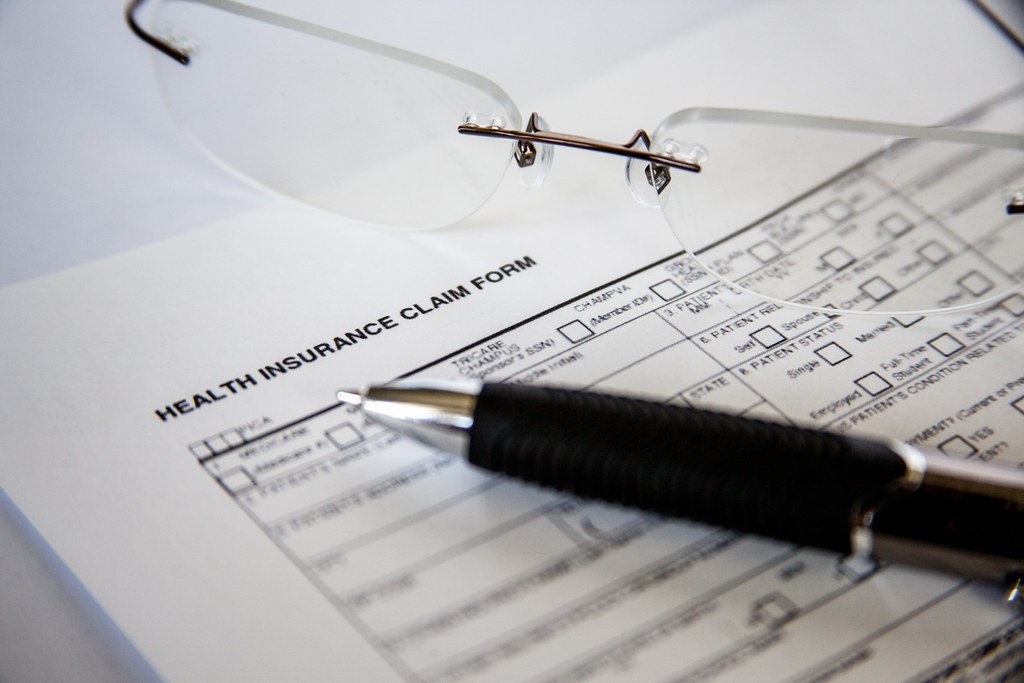
8. **You filed a claim last year.**One of the most immediate and direct determinants of an individual homeowner’s insurance premium is their recent claims history. The insurance model is fundamentally built on assessing future risk based on past patterns. Consequently, filing a claim in the preceding year often serves as a significant indicator to insurers that the likelihood of a future claim from that same property has increased.
This principle is particularly pronounced in areas frequently exposed to specific perils. For example, a homeowner in Florida who files a claim for hurricane damage faces a statistical probability of encountering more hurricanes in the future. Insurers, therefore, account for this increased perceived risk by adjusting renewal rates upwards. This adjustment is not punitive but rather an actuarial necessity to maintain the balance between premiums collected and claims paid.
While some claims are unavoidable due to unforeseen catastrophes, the act of filing one often signals a heightened risk to the insurer. This direct correlation means that homeowners who have recently filed a claim should anticipate a rise in their insurance rates at the subsequent renewal, reflecting the insurer’s updated assessment of their individual property’s risk propensity.
Read more about: Beyond the Red Carpet: Nicole Kidman’s Unfiltered Confessions on Life, Love, and Reinvention After Her Split from Keith Urban
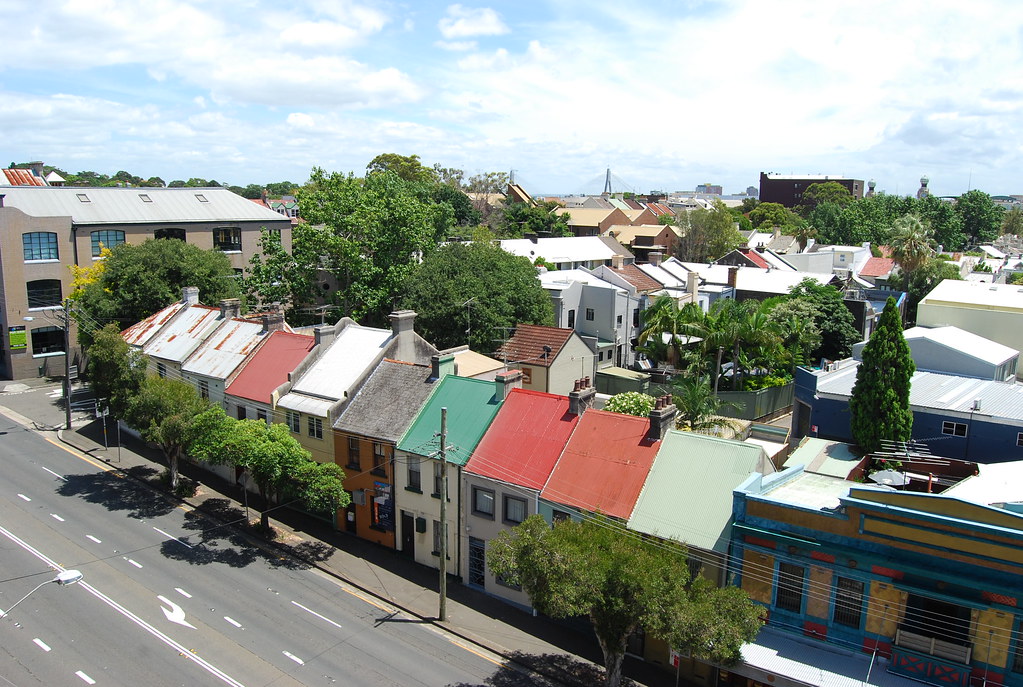
9. **Your roof is too old.**The age and condition of a home’s roof are pivotal factors in determining homeowners insurance premiums, especially in regions susceptible to severe weather. A roof serves as the primary protective barrier against environmental elements, and its integrity directly correlates with the property’s overall vulnerability to damage. As a roof ages, its resistance to weather-related perils naturally diminishes.
Roofs that are 10 to 15 years old, or older, are generally considered to be at a higher risk of damage from wind, hail, or heavy precipitation. This increased susceptibility translates into a greater likelihood of a claim being filed for roof repair or replacement. Insurers, recognizing this enhanced risk, typically factor it into their premium calculations, leading to a gradual increase in home insurance rates over time for properties with older roofs.
This consideration becomes even more critical in areas frequently impacted by hurricanes, tornadoes, or hailstorms, where an aging roof can be the difference between minor damage and a catastrophic loss. Consequently, maintaining a modern and well-conditioned roof is not merely a matter of property maintenance; it is a demonstrable way to influence and potentially mitigate the rising trajectory of homeowners insurance costs.
Read more about: Conquering the Cold: 15 Top-Tier Camping Gear Essentials Rigorously Tested for Extreme Climates
10. **Your credit score went down.**In a significant number of states, insurance companies are permitted to utilize a homeowner’s credit score as one of the contributing factors in determining their insurance rates. This practice, while sometimes controversial, is based on statistical correlations identified by the industry. Actuarial data suggests a relationship between an individual’s credit score and their likelihood of filing insurance claims.
Specifically, homeowners with lower credit scores are statistically considered a higher risk by insurers. Research from the Insurance Information Institute indicates that individuals with below-average credit scores are more prone to filing claims than those with above-average scores. Furthermore, it highlights that those with the lowest credit scores exhibit claim losses that are 32.4% higher than the average, influencing premium calculations substantially.
The financial impact of a declining credit score can be quite profound, sometimes outweighing geographical risks. A 2025 report by the Consumer Federation of America revealed that companies might charge the average homeowner nearly $2,000 more per year simply for having a low credit score, irrespective of their location in a disaster-prone area. Therefore, maintaining a robust credit history is not just crucial for obtaining favorable loan terms but has become an unexpected, yet significant, element in managing homeowners insurance expenses.
Read more about: Hollywood Hissy Fits: These Blockbuster Stars Had MAJOR On-Set Drama (And You Won’t Believe Who Was Involved!)
Navigating the increasingly complex landscape of homeowners insurance requires a proactive and informed approach. While many drivers of soaring premiums remain outside individual control, a clear understanding of these forces—from the global impact of reinsurance costs to personal factors like property additions, claims history, roof age, and credit scores—empowers homeowners to identify potential mitigation strategies. As the market continues to evolve, adapting to new realities of risk and cost, homeowners who actively review their coverage, consider protective device installations, optimize deductibles, and explore bundling options will be best positioned to manage this critical household expense effectively. The trajectory of insurance costs is undeniable, yet preparedness and astute decision-making can forge a path toward greater financial resilience in these challenging times.




